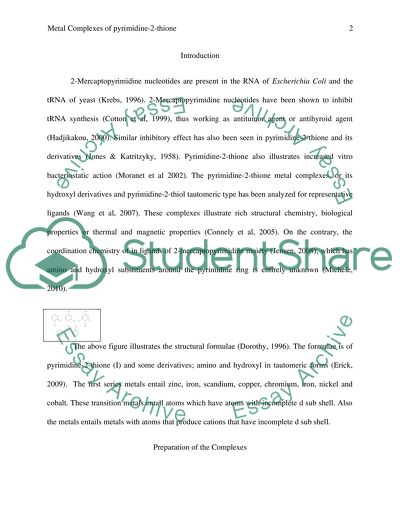Cite this document
(“Biological Importance of Metal Complexes of Pyrimidine-2-Thione Research Paper”, n.d.)
Biological Importance of Metal Complexes of Pyrimidine-2-Thione Research Paper. Retrieved from https://studentshare.org/chemistry/1647460-biological-importance-of-metal-complexes-of-pyrimidine-2-thione-a-review
Biological Importance of Metal Complexes of Pyrimidine-2-Thione Research Paper. Retrieved from https://studentshare.org/chemistry/1647460-biological-importance-of-metal-complexes-of-pyrimidine-2-thione-a-review
(Biological Importance of Metal Complexes of Pyrimidine-2-Thione Research Paper)
Biological Importance of Metal Complexes of Pyrimidine-2-Thione Research Paper. https://studentshare.org/chemistry/1647460-biological-importance-of-metal-complexes-of-pyrimidine-2-thione-a-review.
Biological Importance of Metal Complexes of Pyrimidine-2-Thione Research Paper. https://studentshare.org/chemistry/1647460-biological-importance-of-metal-complexes-of-pyrimidine-2-thione-a-review.
“Biological Importance of Metal Complexes of Pyrimidine-2-Thione Research Paper”, n.d. https://studentshare.org/chemistry/1647460-biological-importance-of-metal-complexes-of-pyrimidine-2-thione-a-review.


